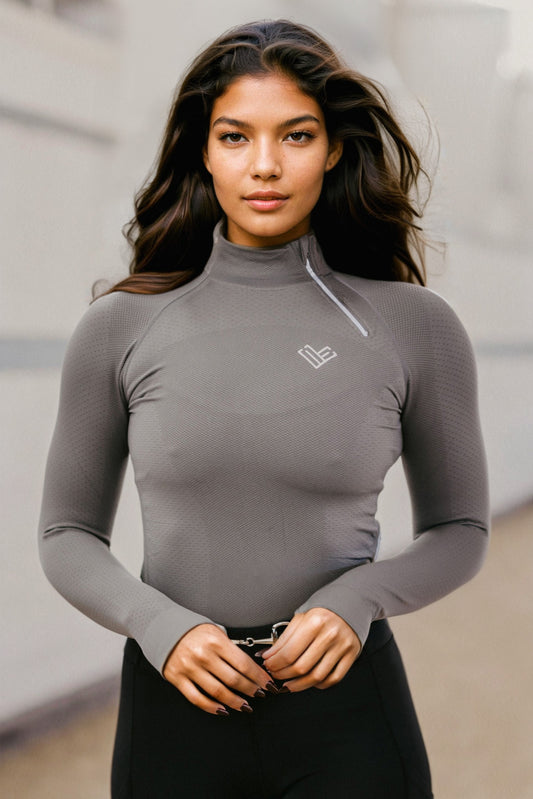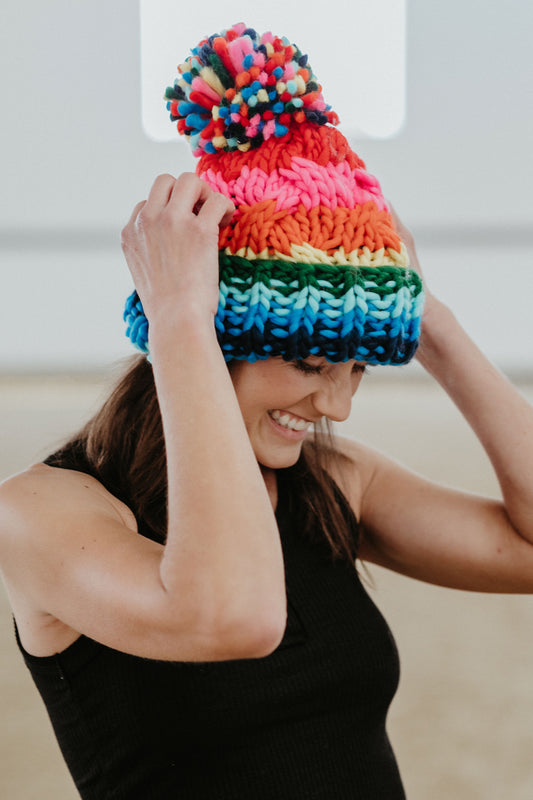The Importance of Waterproof Outerwear for Riders
Riding in all weather conditions can be a challenging experience for equestrians. Be it a gentle drizzle or a sudden downpour, staying dry and comfortable is essential for maintaining focus and control while in the saddle. The right waterproof outerwear can make all the difference. Reliable, weatherproof gear protects not only against discomfort but also against the chill and potential health risks associated with being wet and cold during outdoor activities.
Key Features of Waterproof Riding Apparel
When selecting waterproof apparel, riders should look for several key features. Firstly, the garment must provide a solid barrier against rain, which is usually expressed by the waterproof rating measured in millimeters. The higher the rating, the more resistant the material is to water penetration. Critical seams should be sealed or taped to prevent leaks. Breathability is equally important, as vigorous riding can lead to perspiration; a breathable fabric will allow moisture to escape from the inside, keeping the rider dry from both external and internal moisture. Add on the need for freedom of movement, and waterproof outerwear must combine durability, flexibility, and comfort.
Durability
The rider’s outerwear should be made from high-quality materials to withstand the rigors of equestrian sports and the outdoor environment. Abrasion-resistant fabrics ensure that frequent contact with saddles and branches won't lead to tears or punctures, while also providing longevity for the garments.
Flexibility and Freedom of Movement
The cut and fit of the outerwear are crucial for the freedom of movement necessary in riding. Features such as articulated elbows and pleats can offer the additional range of motion required for jumping or running. Adjustable cuffs, hems, and waistbands help create a snug fit, minimizing ingress of water and flapping of material in the wind.
Comfort and Ergonomics
Comfort is key in riding apparel, as discomfort can be a distraction. Waterproof clothing should have a soft lining, and where necessary, a lightweight fill for warmth. Ergonomically shaped garments that complement the riding posture add to the comfort and functionality of the outerwear.
Types of Waterproof Riding Outerwear
There are various types of waterproof outerwear catering to different needs and preferences for all-weather riding. These include waterproof jackets, coats, trousers, and all-in-ones, each with specific designs for equestrian use.
Waterproof Jackets and Coats
Long waterproof coats are traditional and offer excellent coverage, while shorter jackets might provide greater ease of movement. Look for styles with rear vents that can accommodate the saddle's cantle, ensuring the coat doesn't bunch up or restrict movement.
Waterproof Trousers
Waterproof over-trousers or riding pants are designed to be worn over regular riding gear, providing an additional layer of protection against the rain. They often feature full-length zips for easy removal, and reinforced inner leg patches to cope with saddle friction.
All-in-One Rain Suits
For those who prefer head-to-toe coverage, an all-in-one rain suit can be the perfect solution. Typically lightweight and often coming with their own storage bags, these suits can be quickly donned over clothes when the weather turns sour.
Choosing the Right Waterproof Gear for You
When shopping for waterproof outerwear, riders should consider their specific riding discipline, climate, and personal preference. An endurance rider tackling varied weather may need different gear compared to someone who primarily trains in an arena. Always try on multiple styles to find the best fit and move around to mimic riding movements to ensure the garment is suitable for the task. High-visibility features can also be valuable for those who ride on or near roads.
Maintenance of Waterproof Riding Apparel
Proper maintenance of waterproof clothing will extend its life and performance. Always follow the manufacturer's care instructions. Generally, it's recommended to clean the outerwear regularly, reproof it with a waterproofing agent when necessary, and store it in a dry place away from direct sunlight. Avoiding fabric softeners and drying on high heat will help maintain the integrity of waterproof membranes and breathability features.
Conclusion
Equipping yourself with suitable waterproof outerwear is an investment in your riding comfort and safety. With the right gear, no weather need be a barrier to your riding plans. Advanced fabrics and thoughtful designs mean that staying dry in the saddle is easier than ever, allowing you to focus on the joy of riding, come rain or shine.
Shop Wonder Equestrian








